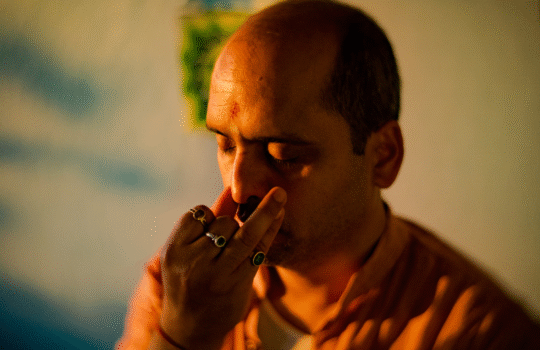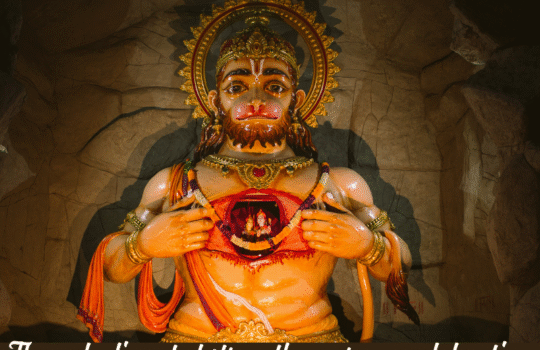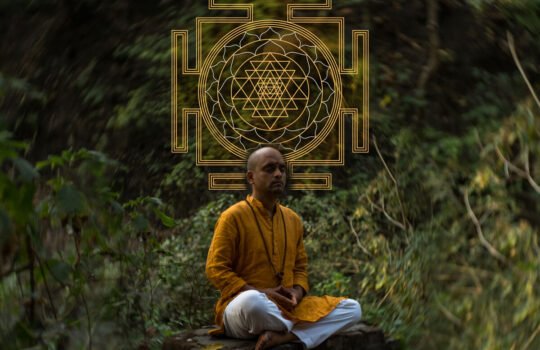Pilgrimage: A Path of Inner Transformation, Vedic Yoga Centre
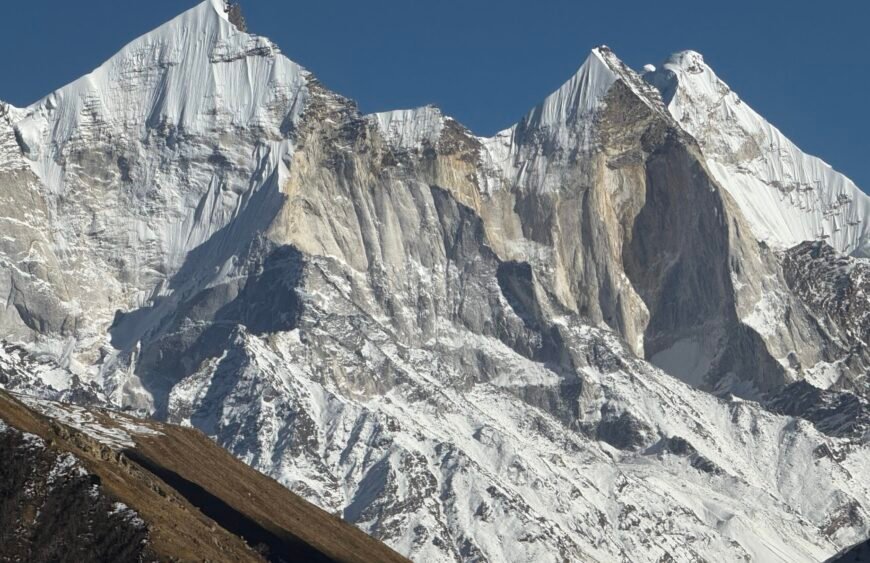
A pilgrimage, also referred to as a “sacred walk” in the Himalayan tradition, is more than a journey to a physical destination. It is a deep, inward journey — a walk towards your inner Self. As a result, most people who make a pilgrimage to the Himalayas are seeking more than just a trek or an adventure – in fact, they are seeking something deeper, even if they are not aware of what it is.
In this post, we will explore pilgrimage from the view of the Himalayan yogic tradition, drawing from Shailendra’s personal experience over many years of undertaking sacred walks to sites such as Gangotri, Badrinath, Yamunotri and others. You’ll see how sacred walking affects karma, surrender, discipline, and silence. Finally, you may understand how your outer movement on the walk can bring inner stillness.
Why undertake a pilgrimage?
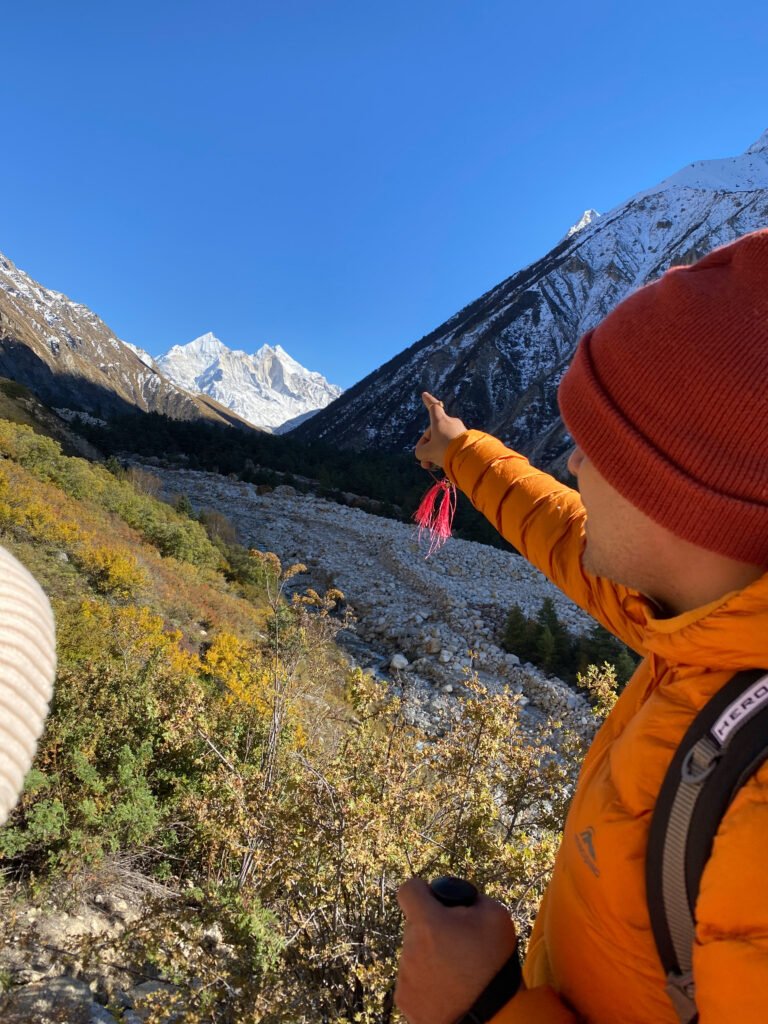
A pilgrimage is not about reaching a temple or a destination; it is about letting go of what no longer serves you. The walk is designed to break down your ego. Every step on the path has the potential to be your teacher, and every irritation tests your determination.
A pilgrimage invites you to:
- Change your routine
- Step outside your comfort zone
- Surrender to whatever arises — weather, terrain, silence
- Listen inwardly as outer noise decreases
- Move toward your inner self with full awareness
The goal of every pilgrimage is the same: to purify your heart, body and mind through effort, austerity, surrender, and silence.
Karma on the Path: Purification Through Action
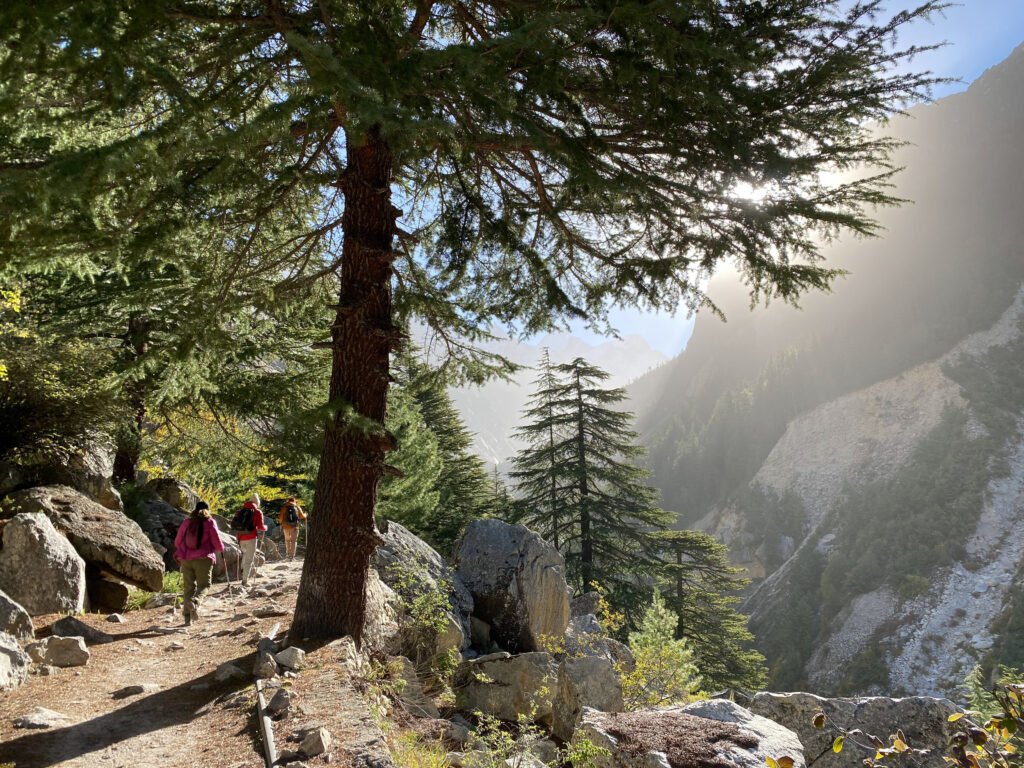
A pilgrimage offers you an opportunity to dissolve some of your karma.
During the physical effort of your walk, the simple act of continuous mental mantra chanting, awareness of the breath and connection to the Source, you connect with the divine through your own body. With this intention, the inner transformation can begin:
- Physical tiredness humbles your ego
- Mental noise dissolves as you focus on the mantra and your breath
- Deep emotional patterns are able to surface so you can practice self-analysis on them, and question whether they are still working for you
This is how karma can be dissolved, but unlike other journeys, the rewards are not external memories but inner clarity. On your sacred walk, you will end up back where you started, but something inside will have shifted.
Surrender: Let the Path be your Guide
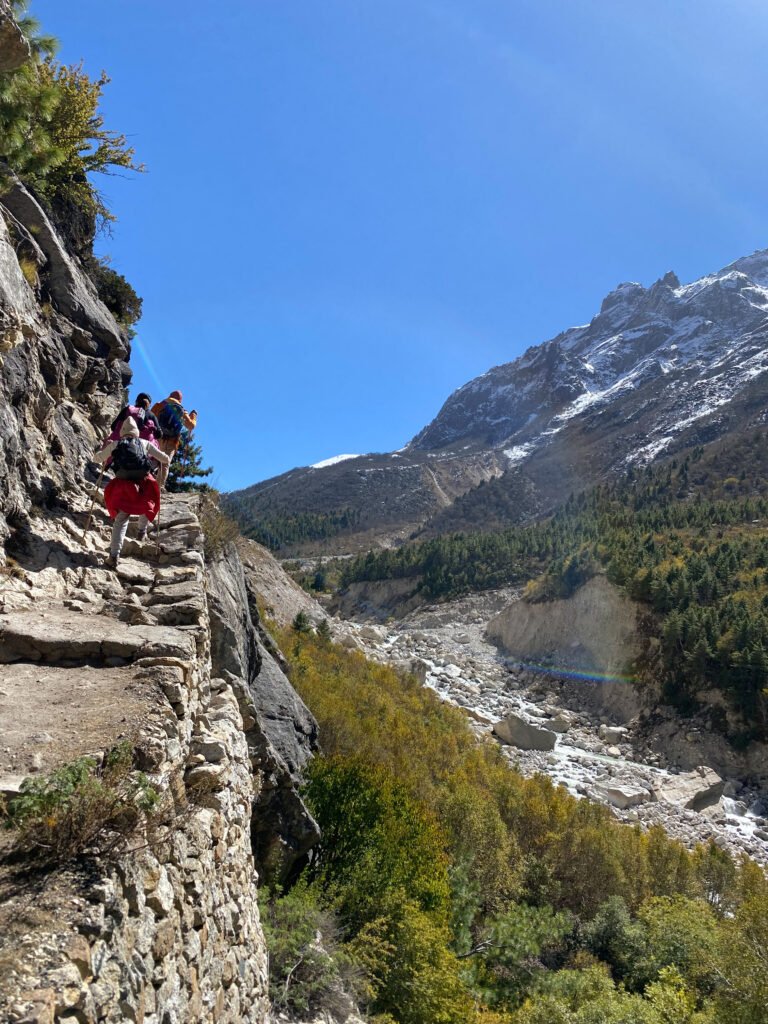
Pilgrimage reveals quickly that we are not in control. The weather shifts. The road changes. Your feet blister. Your plans fall apart … and this is perfect.
The spiritual teaching here is surrender. Not resignation, but a deep trust in some deeper wisdom, letting the path determine your experiences.
Pilgrimage teaches surrender through:
- Letting go of outcomes: You may not reach your destination, but you will move towards your inner Self.
- Walking in faith: Trusting that each step is held by something higher.
- Accepting discomfort: Seeing irritation and discomfort as part of the purification process.
True surrender comes not when you are comfortable, but when you continue walking even when doubt has crept in. This is how a pilgrimage becomes your teacher, sending you the teachings in a non-verbal medium.
The Role of Silence on Pilgrimage
Silence is not just the absence of talking. It is the space where deeper listening begins. any pilgrims are invited to walk in silence for a part of their journey, not as a punishment but as an opportunity to go within.
On your pilgrimage, silence can:
- Break the pattern of external distraction
- Deepen your awareness of the present moment
- Strengthen the connection to your inner guidance
Silence during the pilgrimage helps bring alignment between the body, breath, and mind, leading to a state of moving meditation.
Distinction between Pilgrimage and Travel
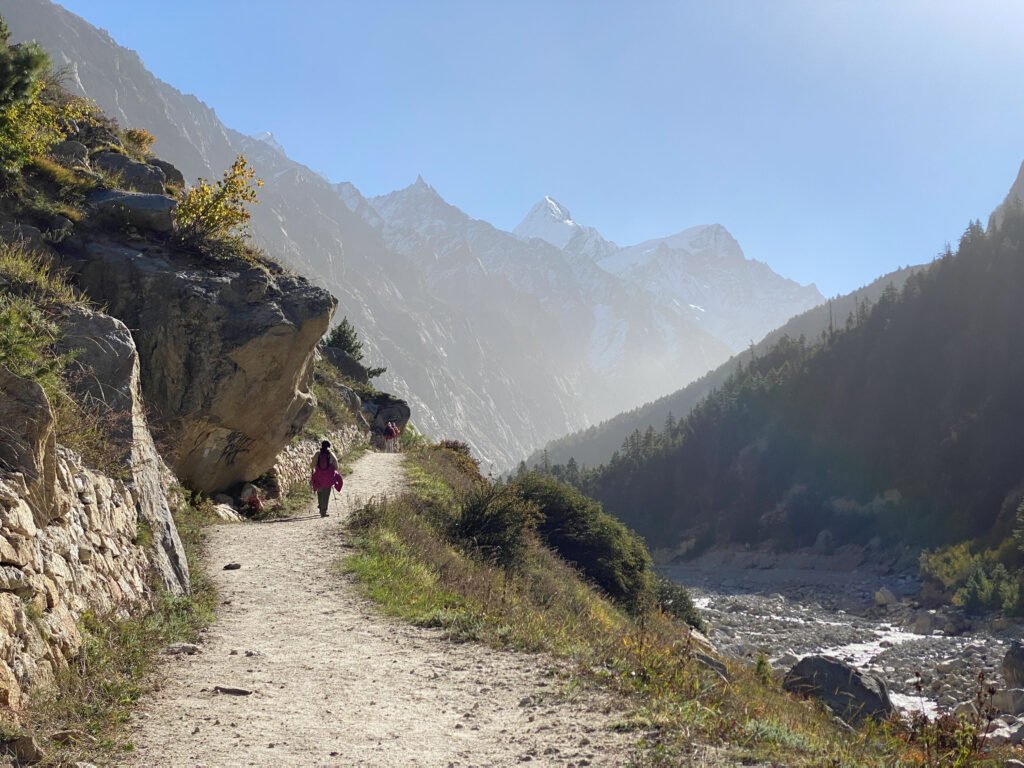
Not all journeys are pilgrimages. The difference lies in your intention. Travel can entertain and “wow” you, but a pilgrimage can transform you.
When you travel, you are seeking experiences, while a pilgrimage is for deeper seeking. In a pilgrimage, there is no goal – the point is to see whether you can surrender to the conditions of the moment. Comfort is not a consideration—in fact, it requires participants to embrace their distress. It offers an opportunity to see things differently and, in the absence of external sensory distractions, turn within.
The success of your pilgrimage is not determined by your photographs or whether you reached the final destination. It is about connecting with simplicity, letting go of what no longer works for you, and discovering a deeper awareness about yourself.
The Nature of Pilgrimage: Simplicity
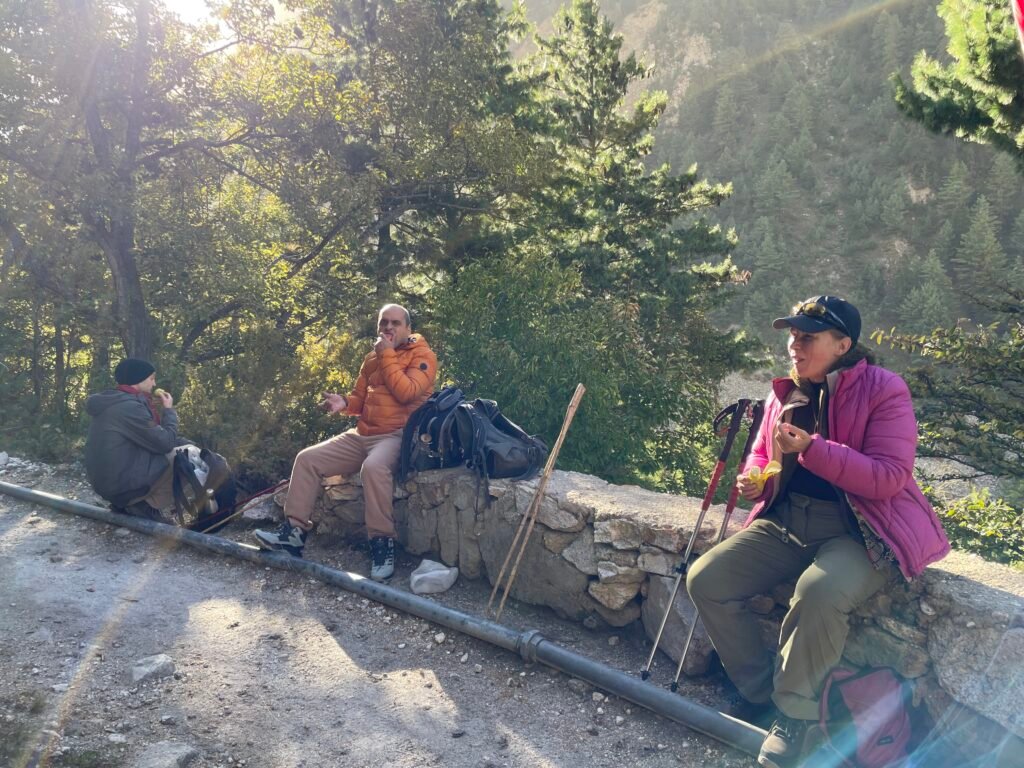
A pilgrimage simplifies everything:
- You carry only what you truly need
- Everything you notice becomes sacred
- What you endure strengthens your inner resolve
In the absence of luxury and sensory distractions, your true self is given the opportunity to emerge, with the silence along the way allowing you to look within.
The simplicity of the pilgrimage is not minimalism for its own sake. It is the natural state of your heart when the ego is dissolving.
Daily Practice During Pilgrimage
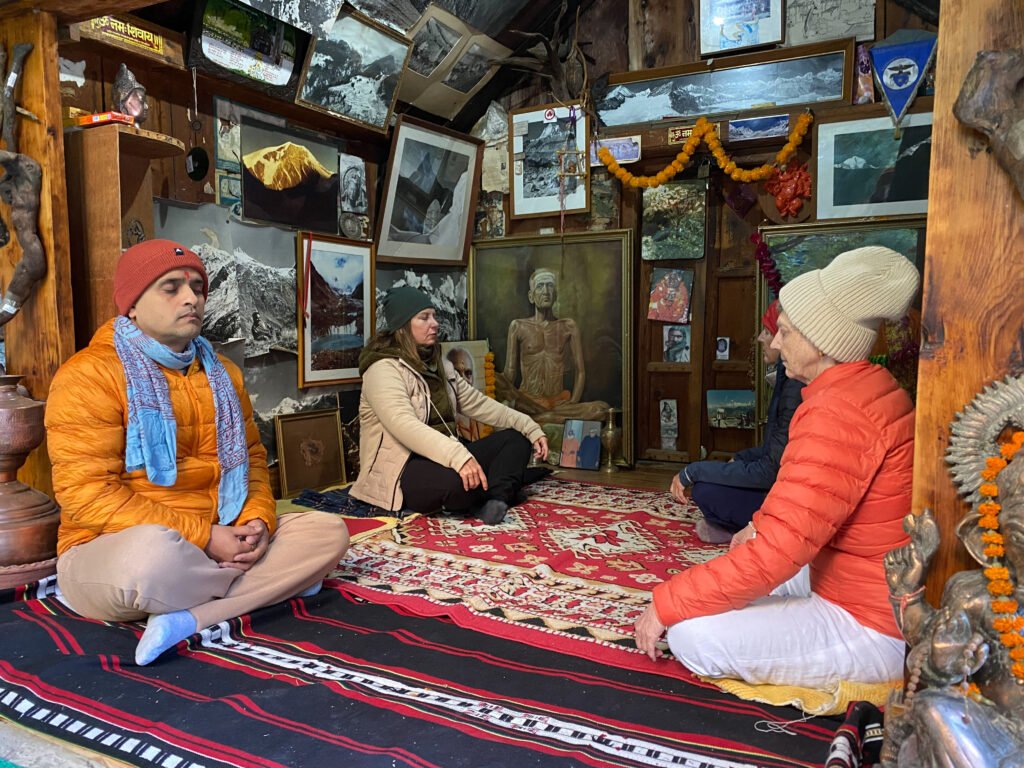
Pilgrimage is not a break from spiritual practice — it is an opportunity to deepen it. Even on the road, you maintain:
- Morning silence before walking
- Mantra repetition with each step
- Breath awareness to stay grounded in the present
- Evening reflection or satsang when travelling with a group
Your movement along the path is your practice. In essence, a pilgrimage can transform everything into your practice.
Path as the Guru
In the West, many see the guru as being a person, but in the Himalayan tradition of the Vedic Yoga Centre, and in the context of the pilgrimage, the guru is also the path, the austerity, and each moment itself. Therefore, the guru on the pilgrimage teaches you to bow not only at temples, but at:
- The stone in your shoe
- The stranger who offers water
- The beating sun that makes you stop
- The tree that provides shade
Each of these incidents becomes a guru moment — unexpected, humbling, and a non-verbal teaching. When you are resisting something on the path, the lesson is for you to bend. When you surrender to the path, it helps carry you.
This is the “sacred” aspect of the walk — unification of life and its teachings.
The Inner Pilgrimage: When You Cannot Travel
For many different reasons, not everyone can journey to a Himalayan temple. But the sacred walk is still available. Every moment of mindful movement in your life is a pilgrimage:
- Walking slowly in the forest, aware of each step
- Taking a silent morning walk before sunrise
- Climbing stairs with gratitude
- Offering each movement to the Divine
Pilgrimage is not defined by geography but by your moment-to-moment consciousness. The point is to make the walk your devotion.
Gangotri as a Pilgrimage site
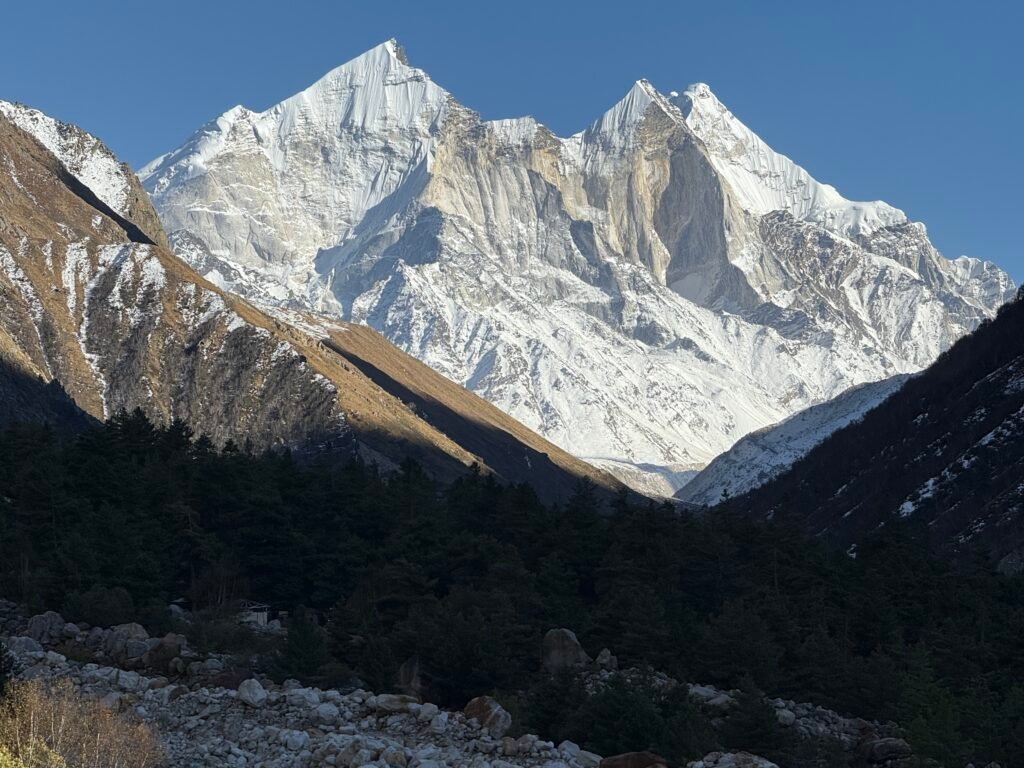
Gangotri is one of the holiest sites in India. It is the origin of the sacred River Ganga. At over 4,000 metres high in the Himalayas, the river begins its journey from the Glacier known as Gaumukh, where the melted water emerges. Pilgrims trek to this auspicious spot to witness the pure source of Mother Ganga, a symbol of purification and divine grace.
Before the advent of motorcars, pilgrims walked for hundreds – sometimes thousands – of miles on foot – often without shoes – to experience the blessings offered at Gangotri. Along the way, they would stop at the natural hot springs at Ganganani, which offer a place to bathe and rest, believed to cleanse both body and mind before reaching the temple. It is said that the sage Bhrigu Muni performed intense penance in the area, resulting in the hot water miraculously rising from the ground.
Surrounded by towering mountain peaks and the silence of nature, Gangotri is not just a destination — it’s a reminder of the sacred relationship between human life, nature, and the eternal flow of consciousness.
Vedic Yoga Centre Pilgrimage 2025
Our most recent pilgrimage took place to Gangotri, October 13-15, 2025. Our small group of five, led by Shailendra-Ji, travelled by jeep to Gangotri, arriving late in the afternoon. The next morning, we departed early for our trek and began to navigate the well-trodden uphill path towards our destination. During the journey, our experiences were very personal, with each one of us contemplating our own inner worlds.
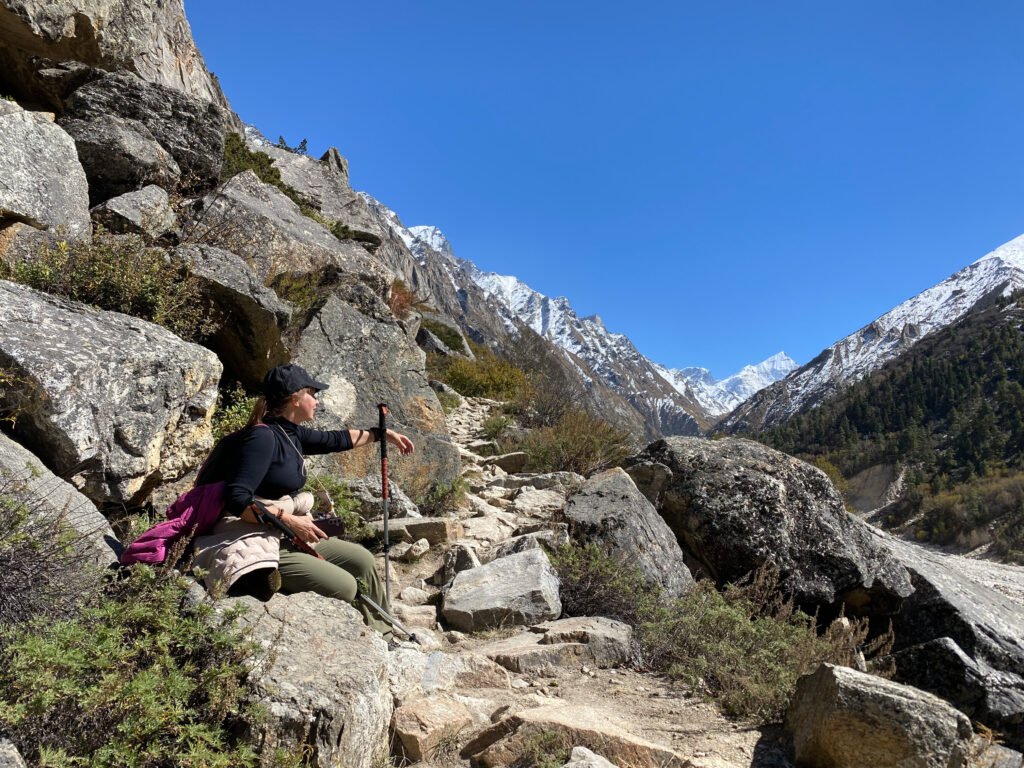
Eventually, we returned to Gangotri on the same day, but by the time we arrived it was dark and late in the evening, with everyone feeling exhausted but contented.
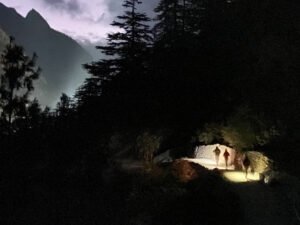
Early the next morning, we headed back to Rishikesh, stopping along the way at the hot springs of Rishikund. After the fatigue of our trek and the intense energy of our experiences, the warm, natural waters brought a sense of physical relief and energetic renewal. As we soaked in the hot water, the tiredness of the journey began to release, not just from the body, but from all layers of our existence. Amidst this calm, it was possible to feel the individual experiences of the pilgrimage, using this quiet time to reflect on the events or mentally chant mantra.
The images in this post capture some of our memories from this transformative journey.
If you feel inspired by the idea of a pilgrimage with us, see more details here on how to join us next year for another sacred walk to Gangotri. However, before you decide to embark on a pilgrimage, you should ask yourself questions such as:
- Why am I walking?
- What do I need to let go of?
- Am I willing to surrender comfort for clarity?
- What will I offer to the path — my ego, my fears, my voice?
You may wish to begin by walking in silence for 20 minutes each day. Let the practice prepare your body and steady your mind.
When the Journey Ends
Pilgrimage never really ends, because when your feet stop moving, the inner walk continues. You return with new eyes and new perceptions, able to see the beauty in small, everyday events. The final teaching of pilgrimage is this:
You were never walking to a place. You were walking back to your true Self.

